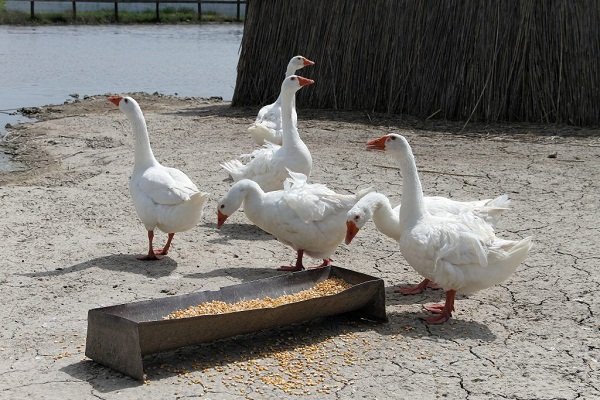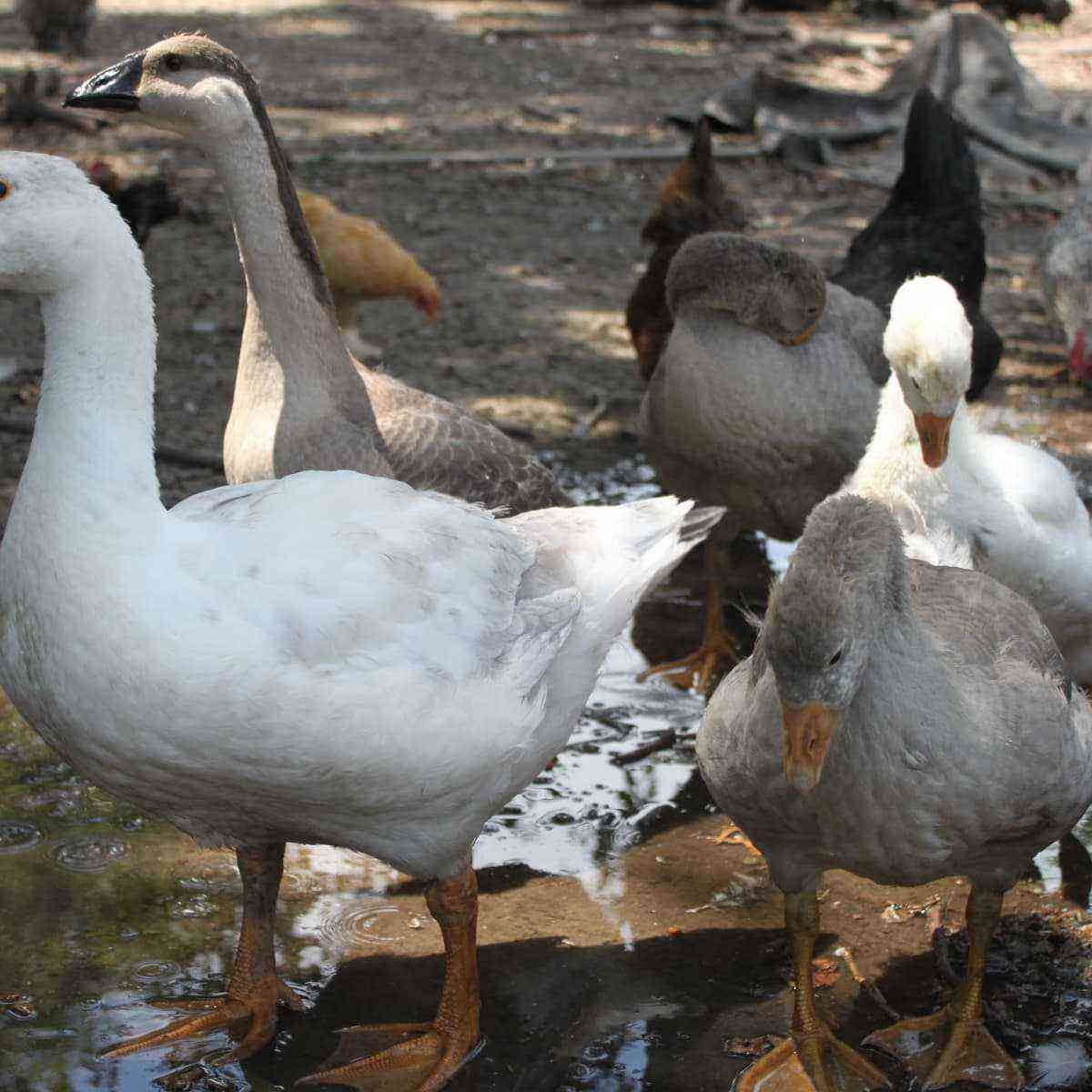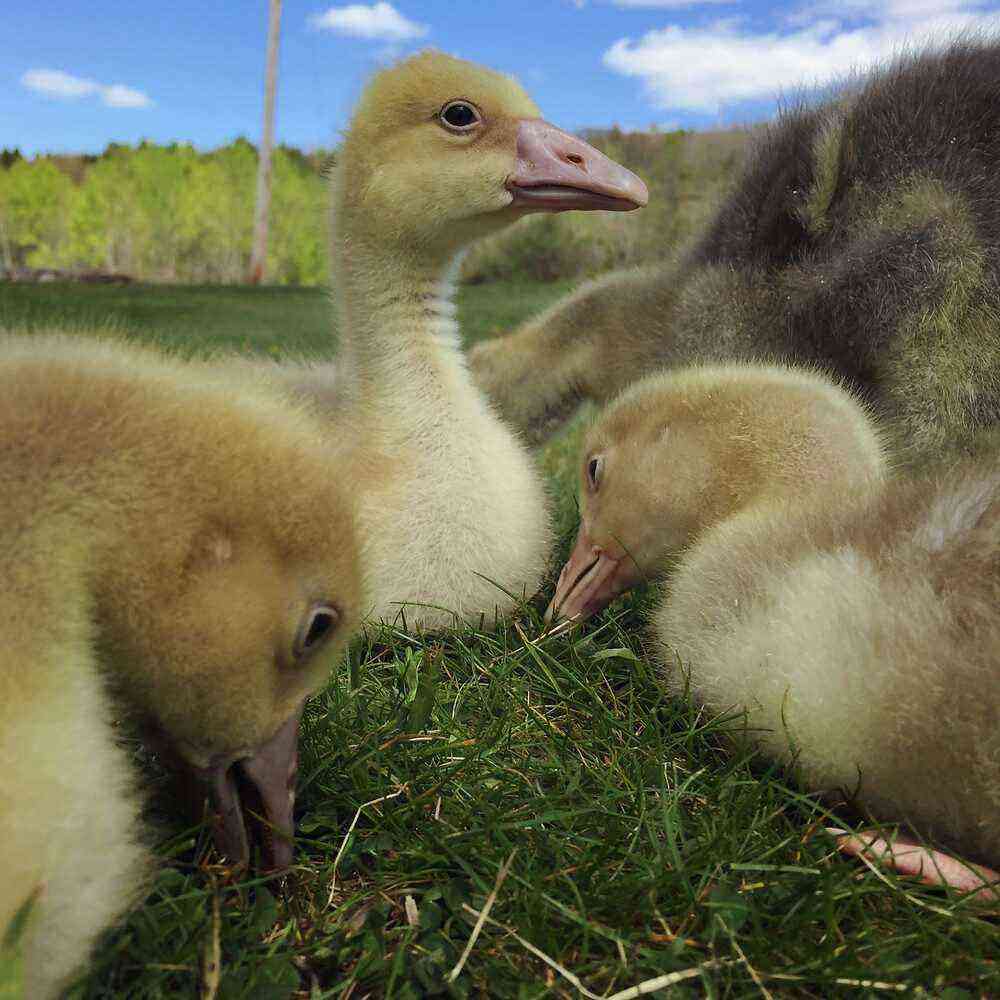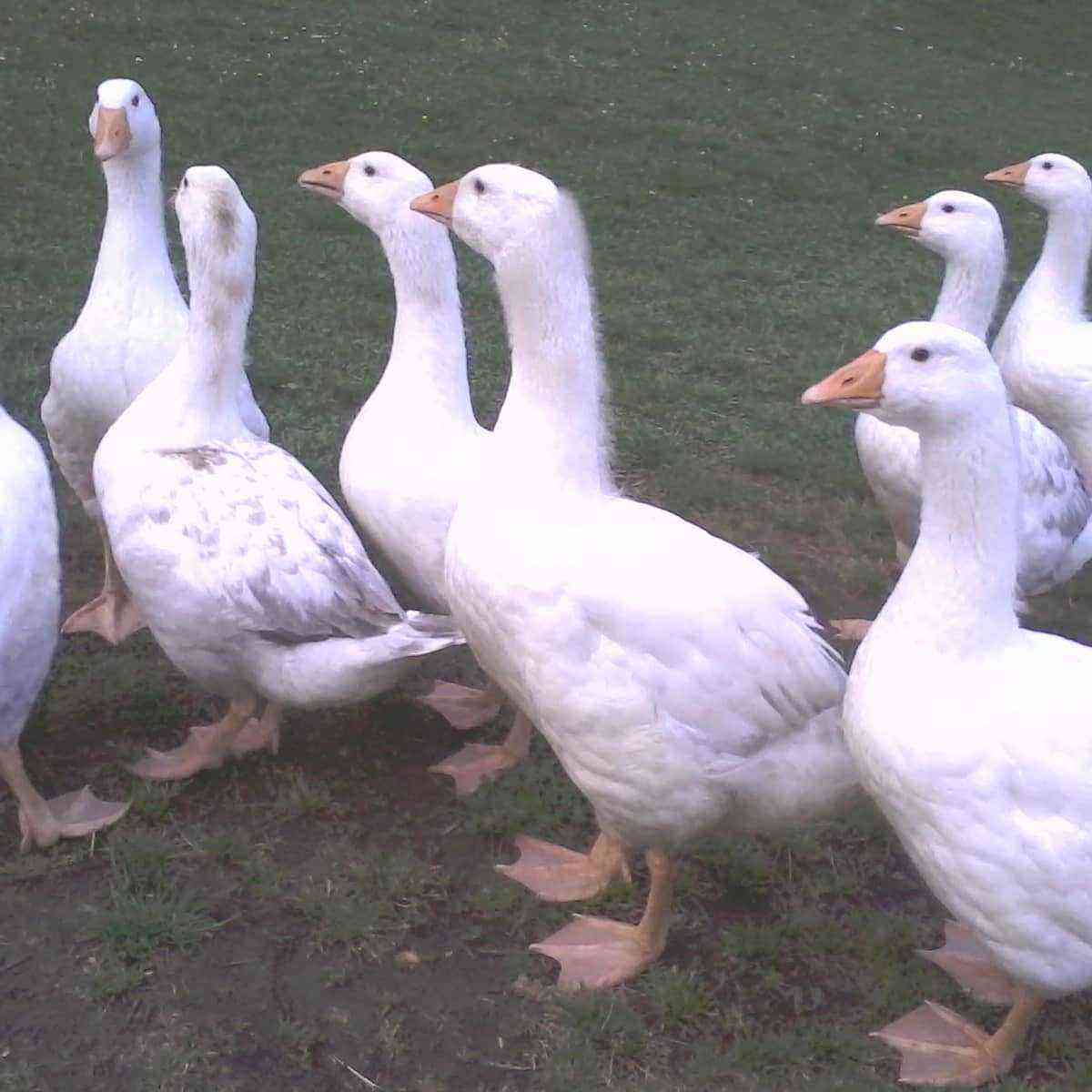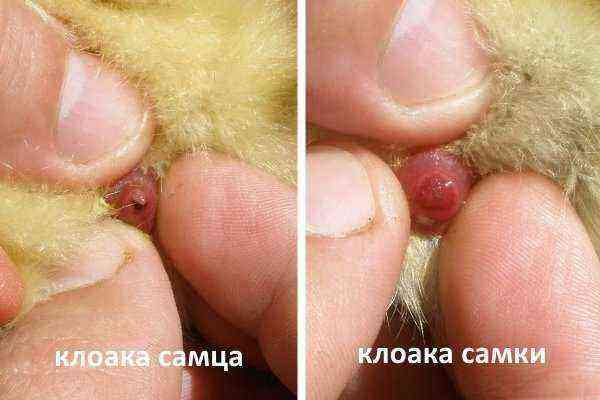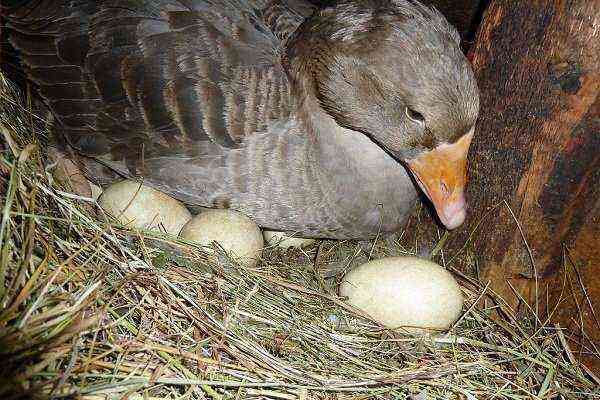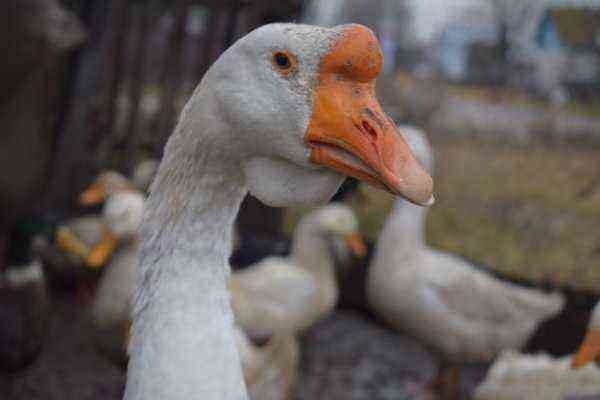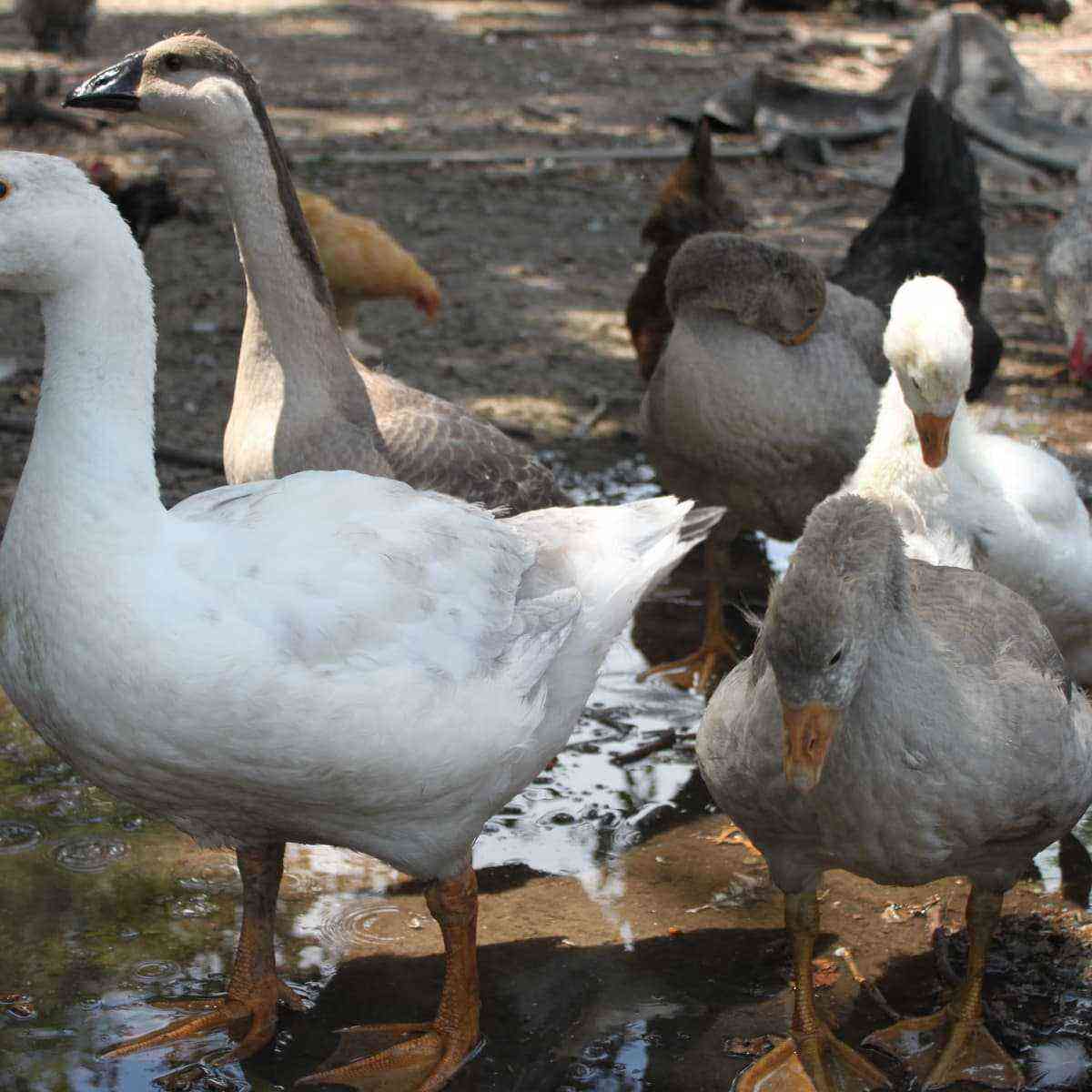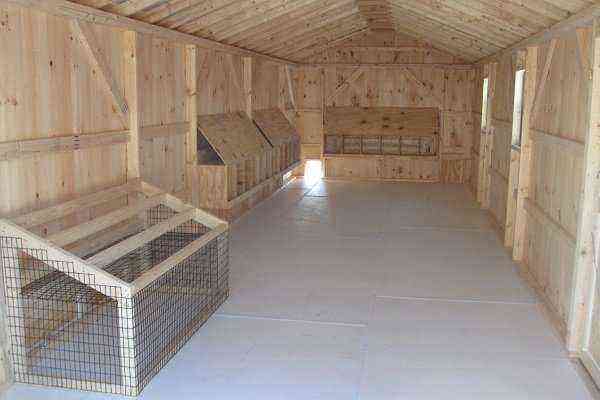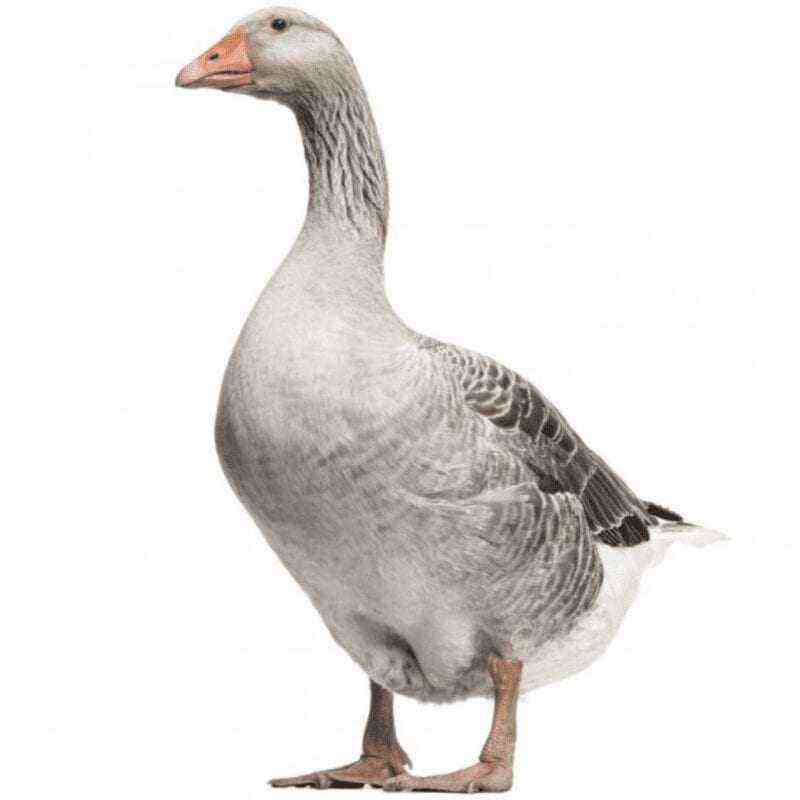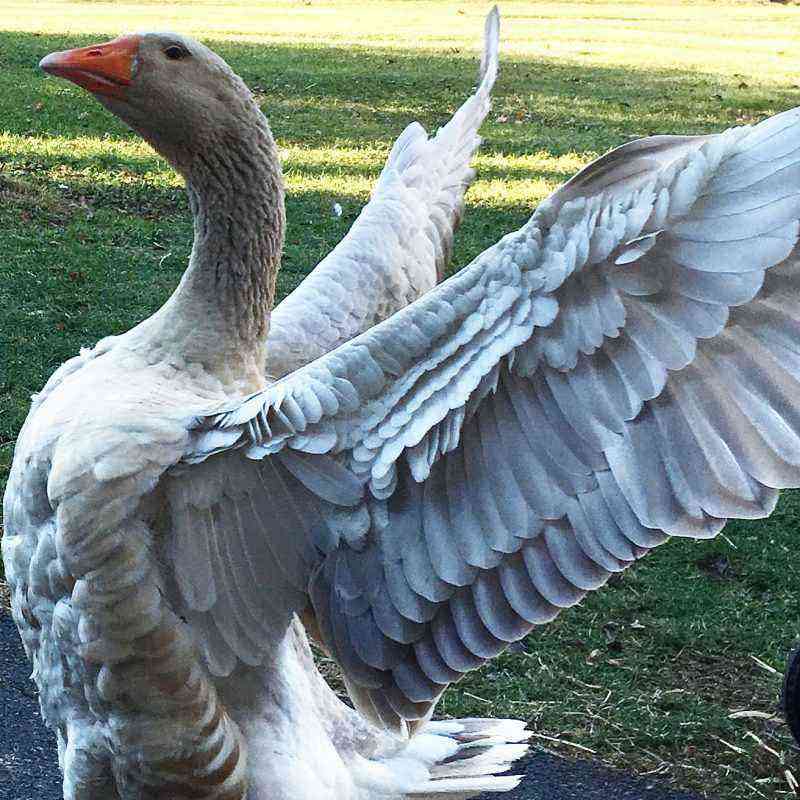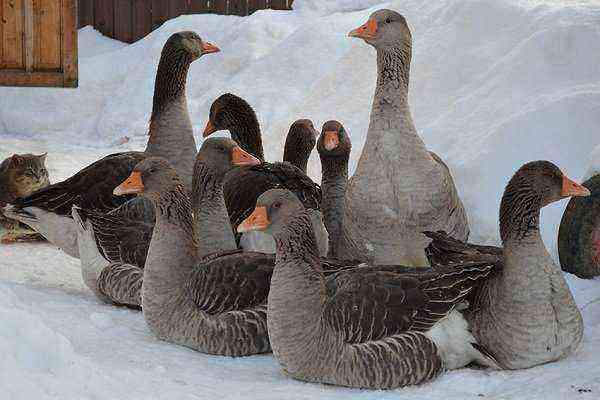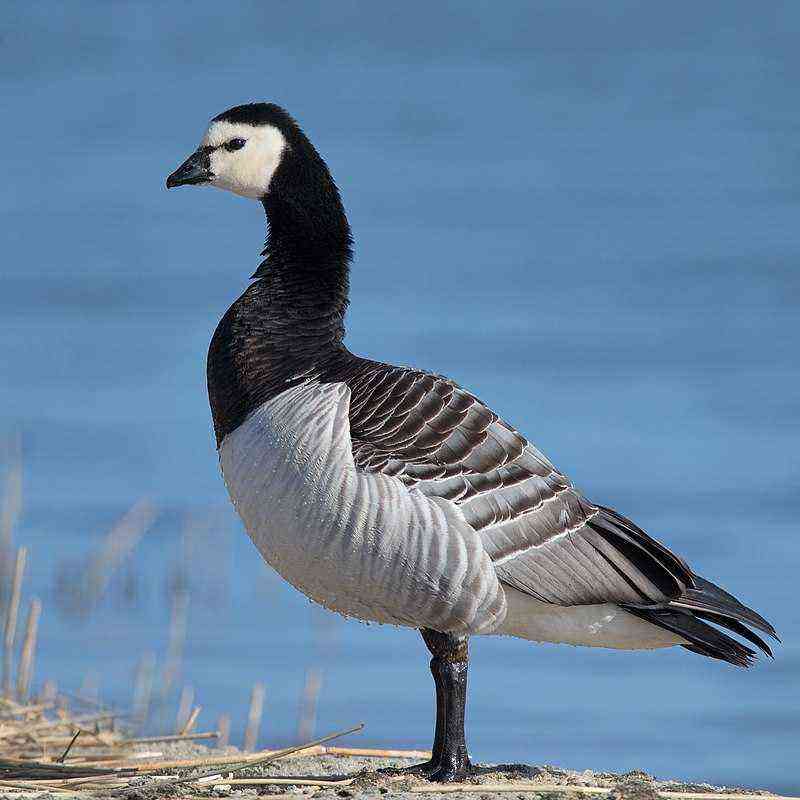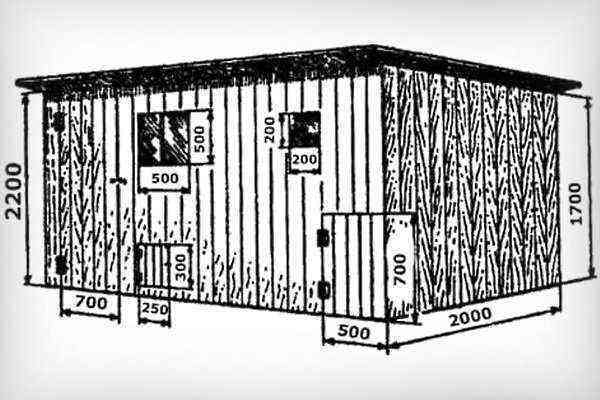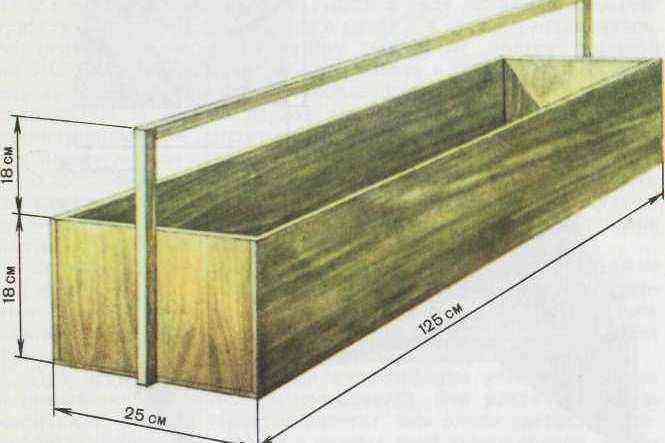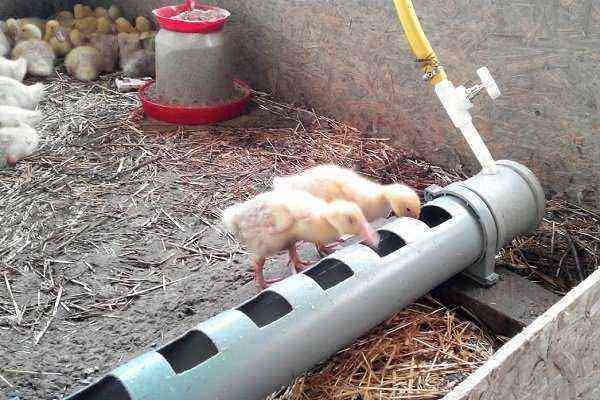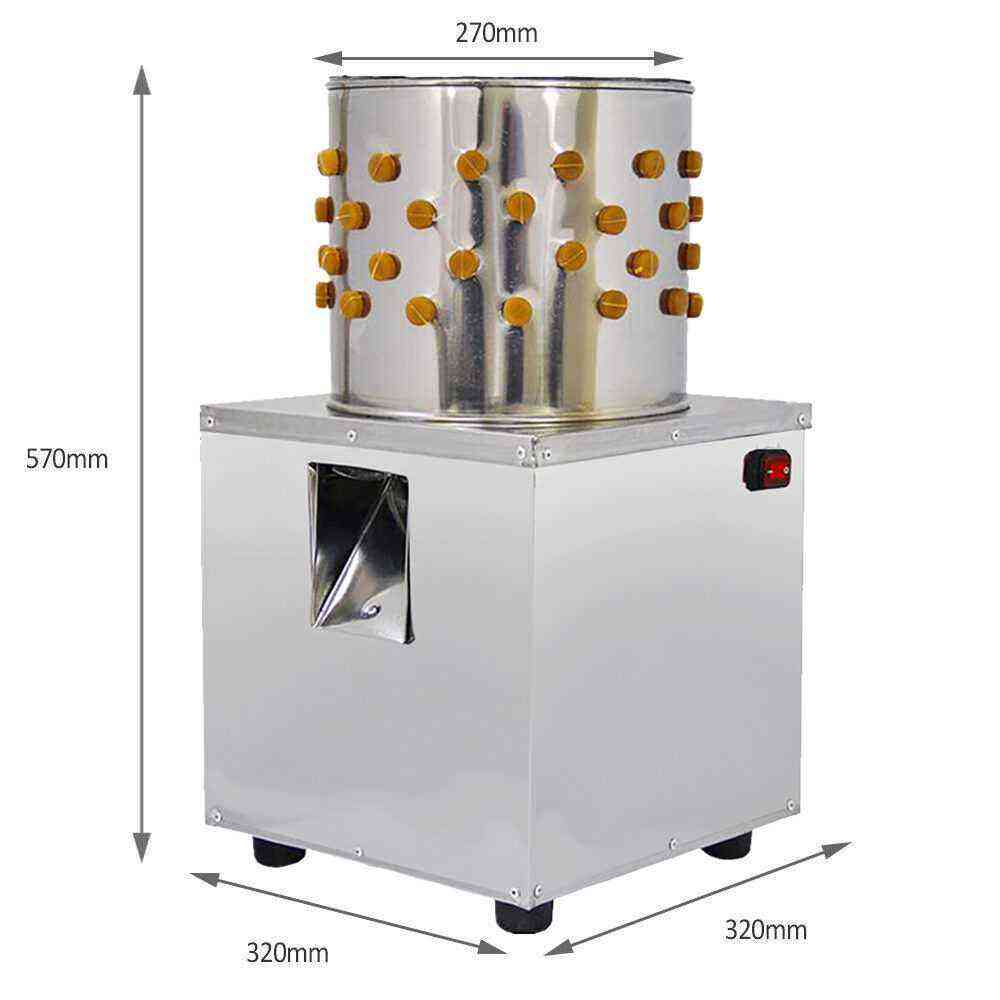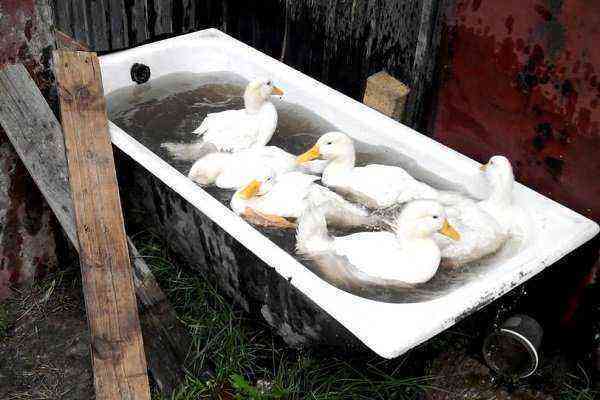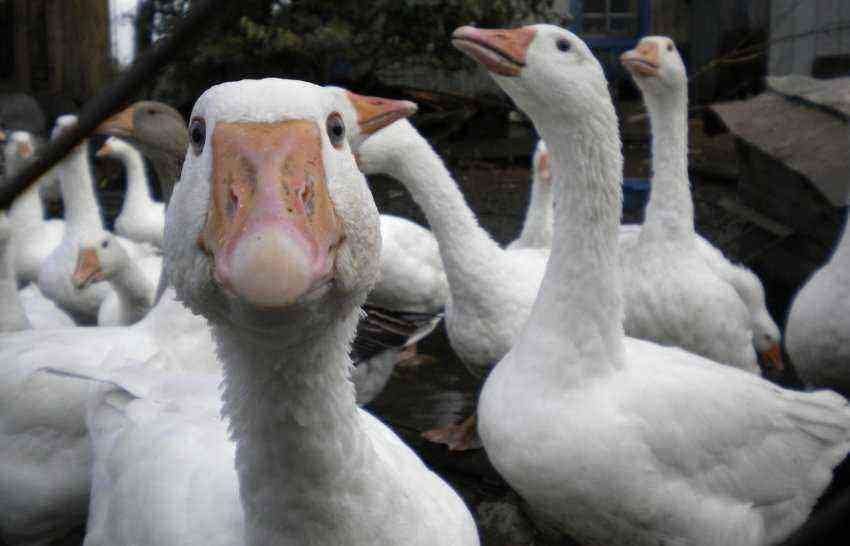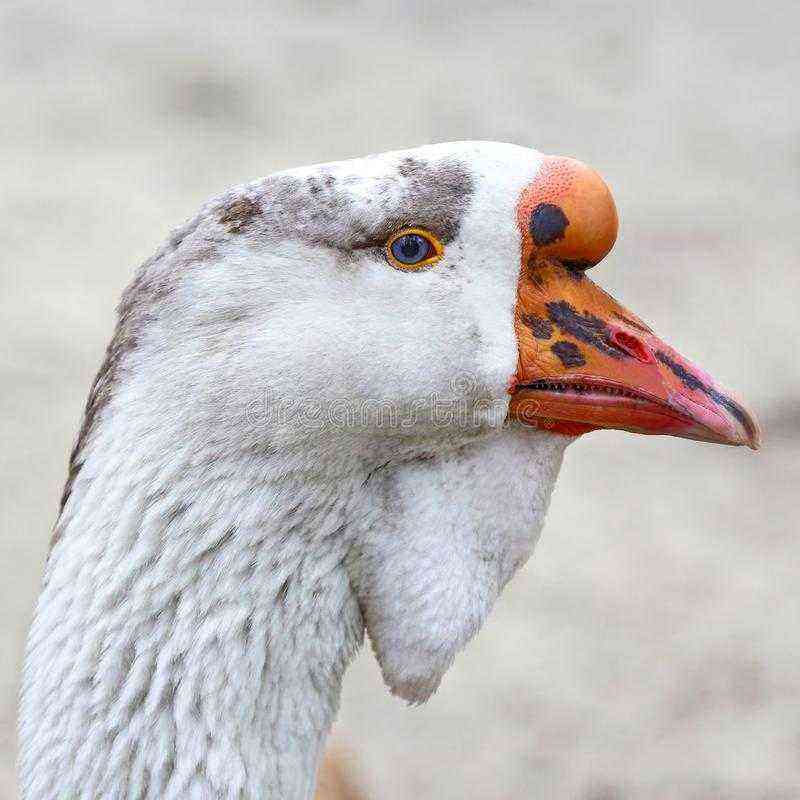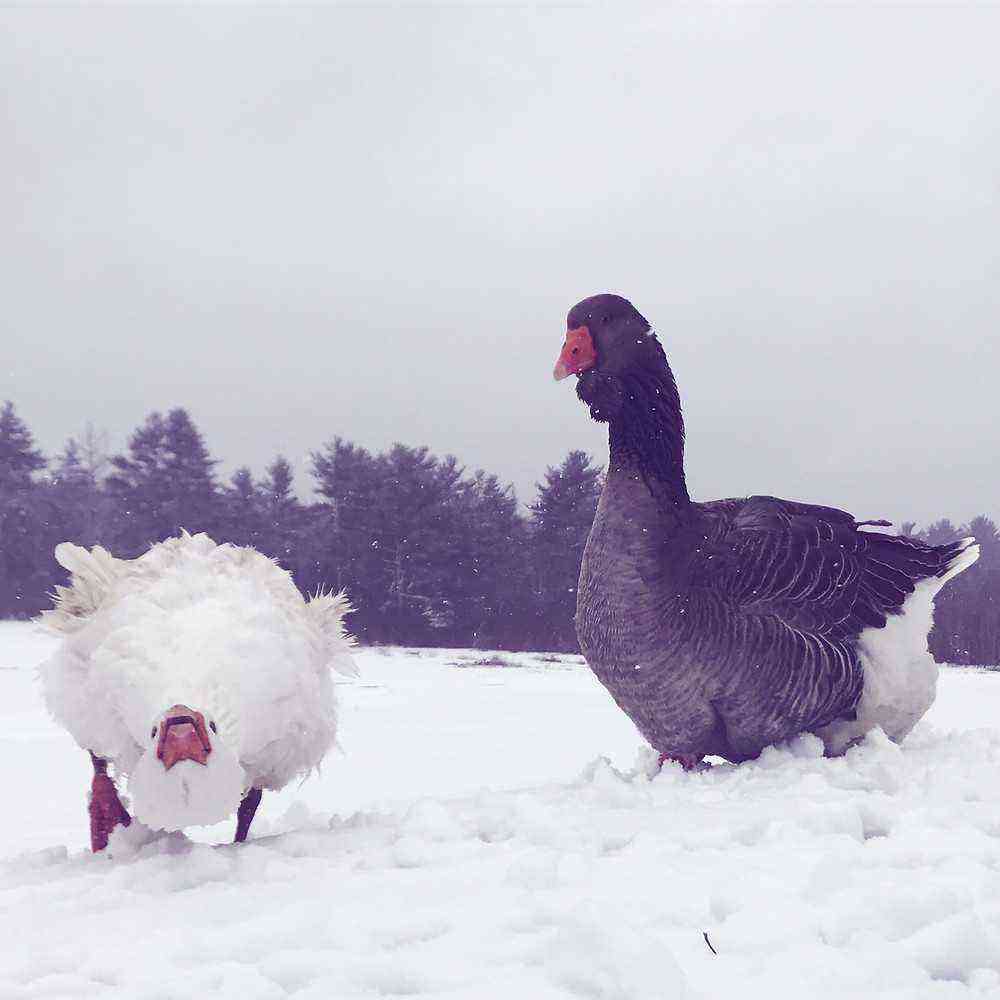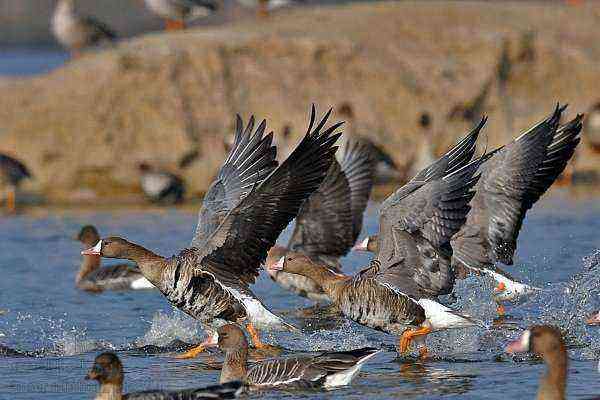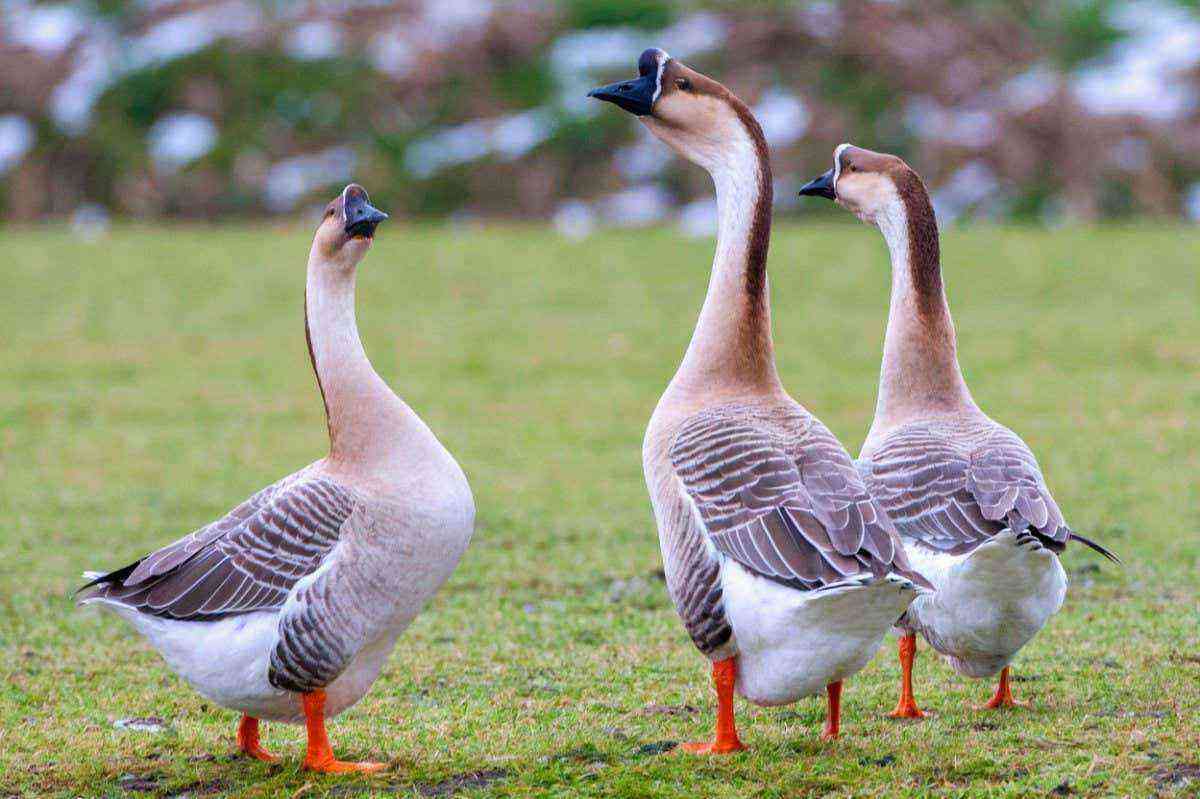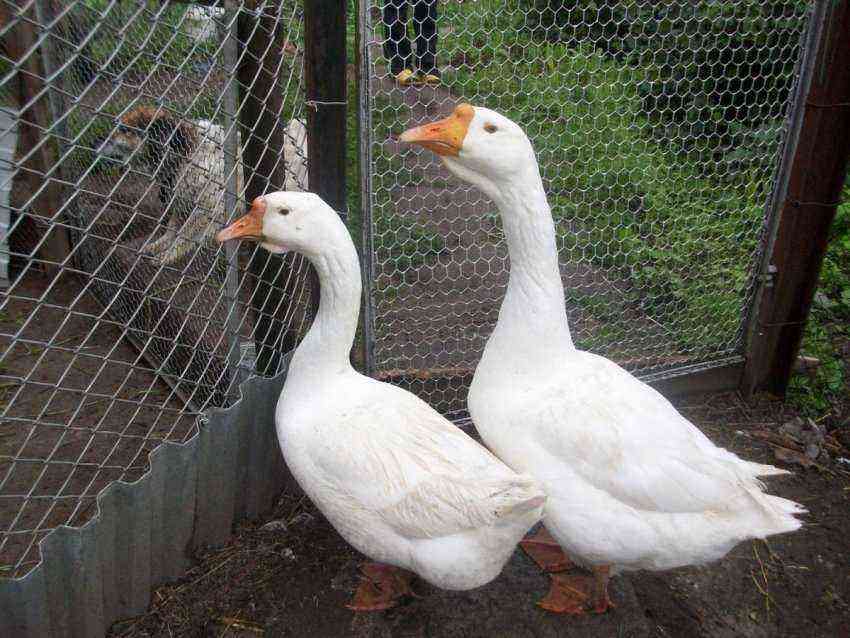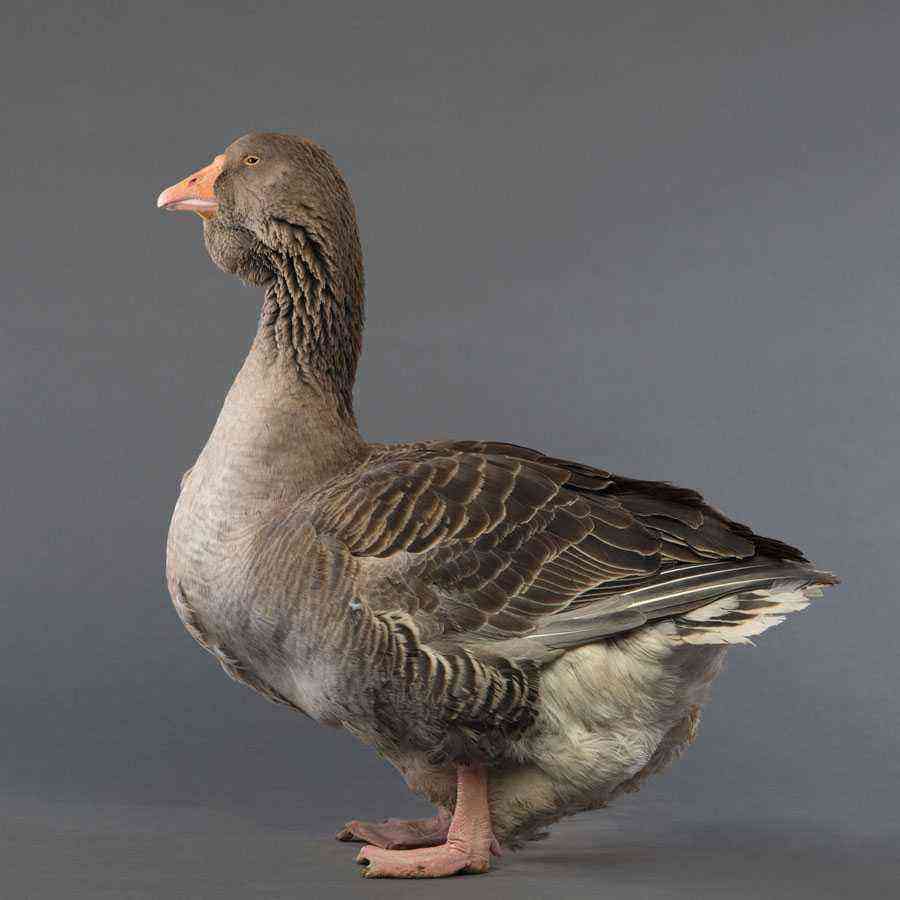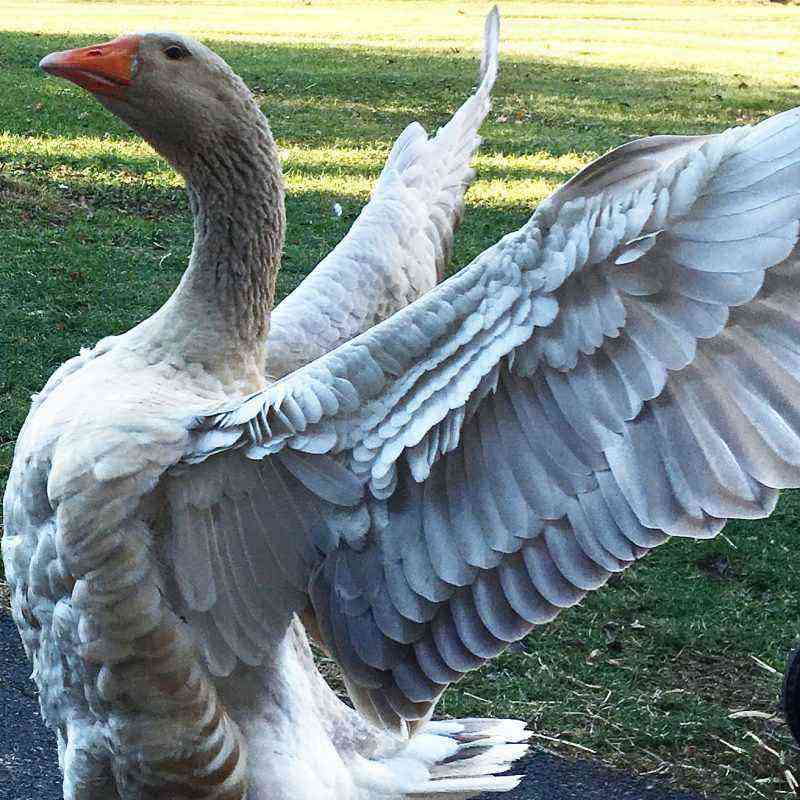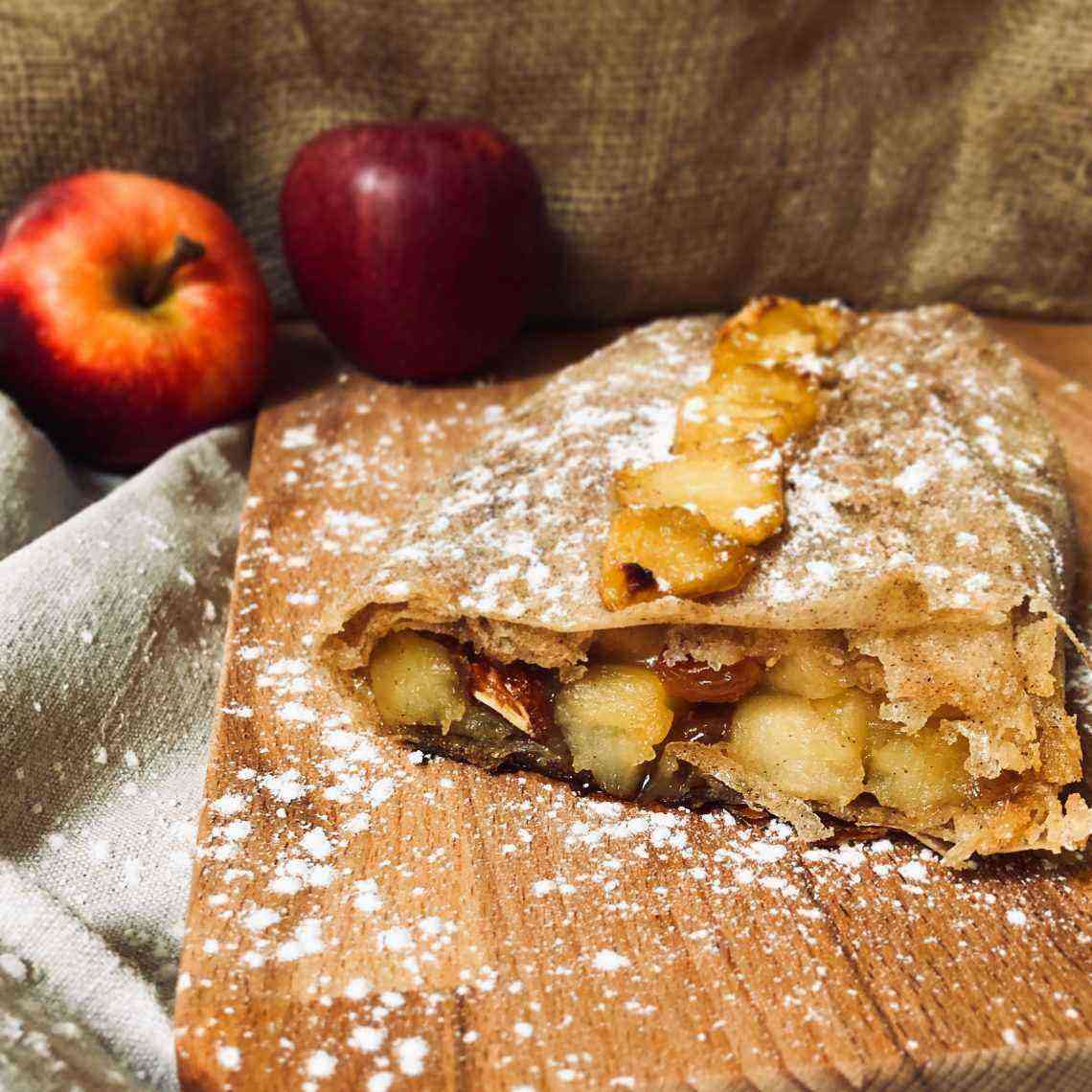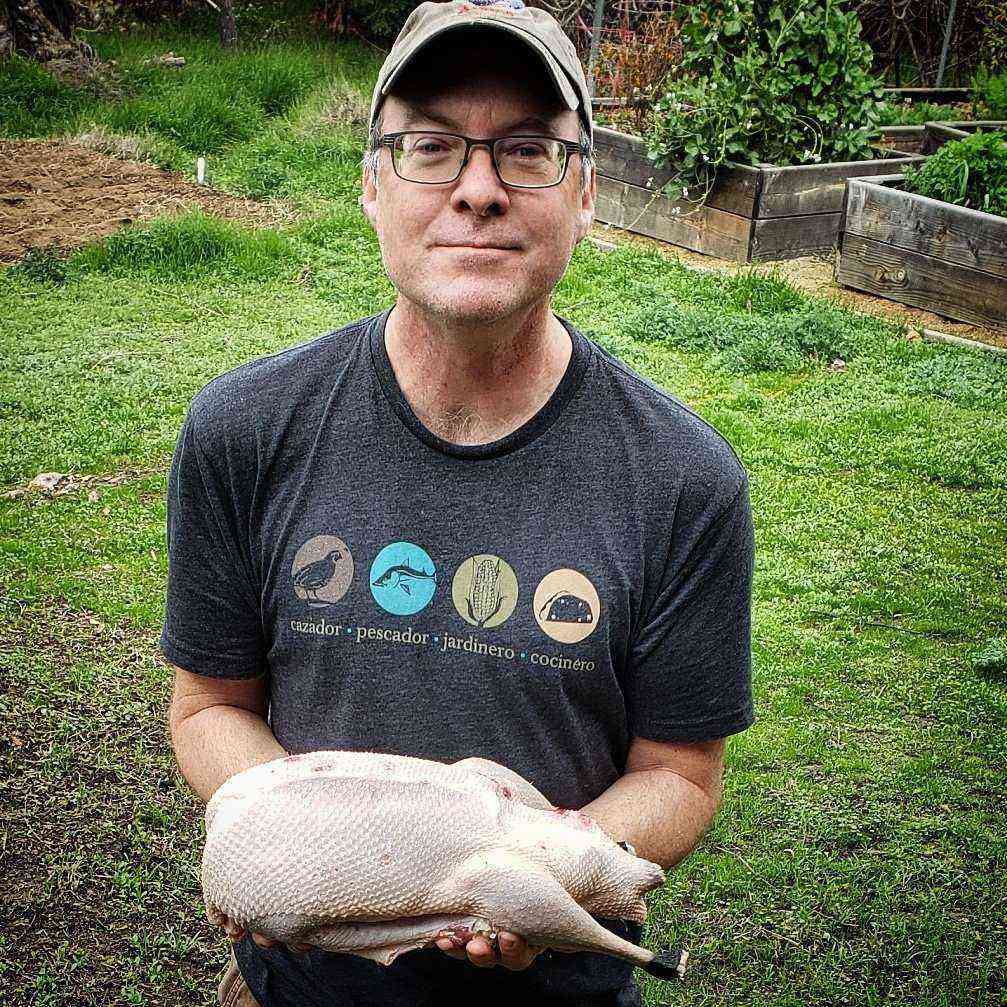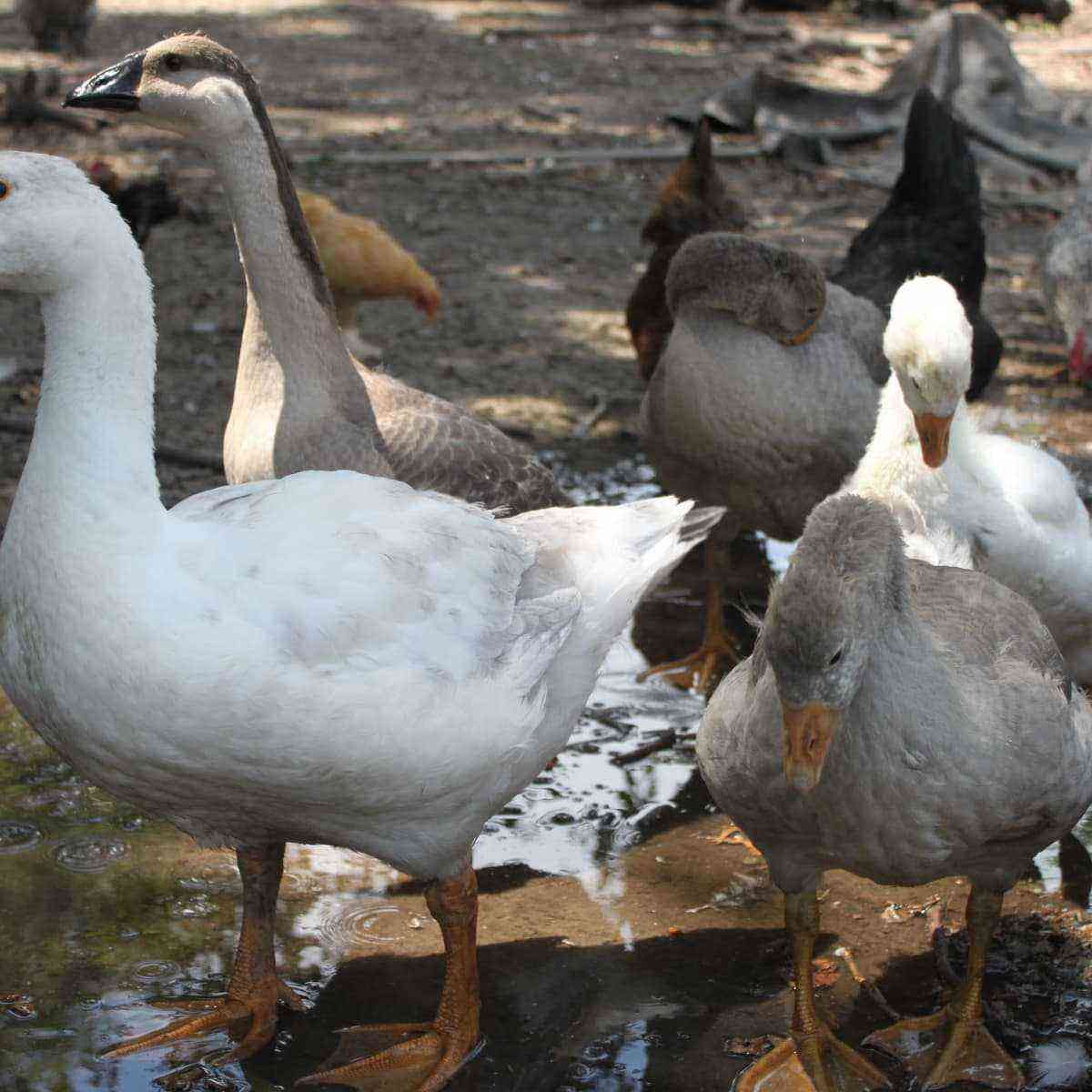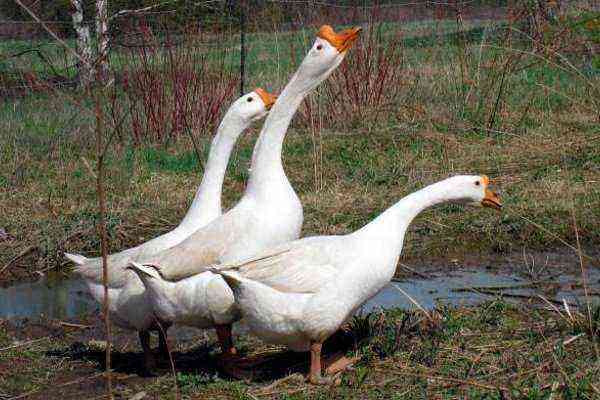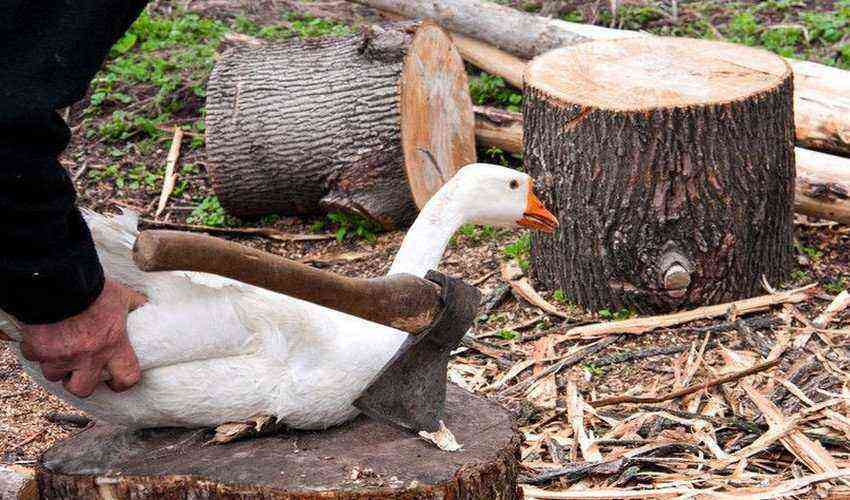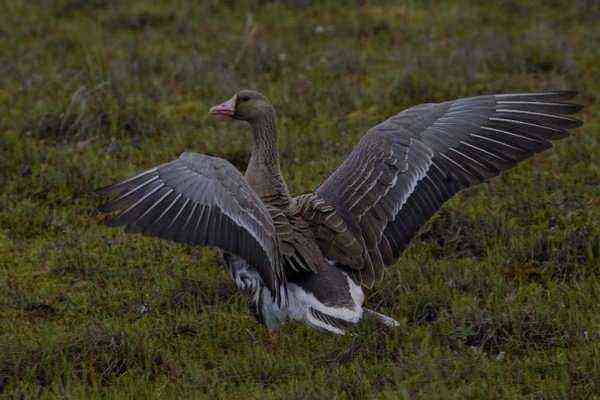Governor’s geese are bred relatively recently, the breed was obtained by crossing the Shadrinskaya and Italian varieties. Place of selection – breeding plant “Makhalov”. The bird is distinguished by precocity, good weight indicators, fertility and survival.
Governor’s geese
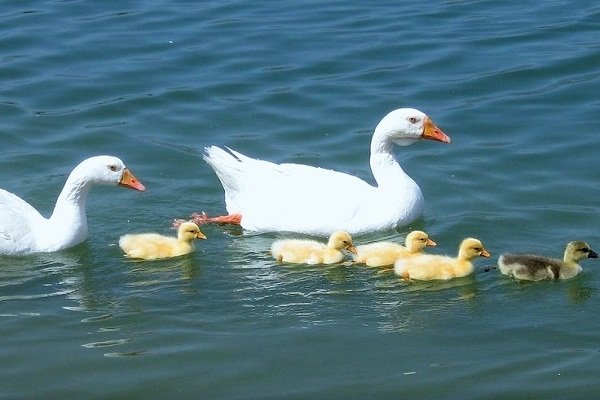
There must be open access to water for the Governor’s geese
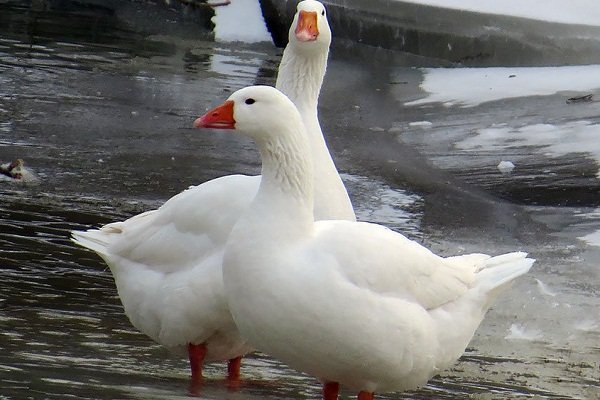
Governor’s geese tolerate any climate well.
The history of the origin of the Governor’s geese
The governor’s breed of geese was created by a team of scientists from the Institute of Poultry Breeding, the Agricultural Academy named after Maltsev T.S. and zootechnical employees of the Makhalov plant for 11 years.
As a result, in 2011 it was possible to achieve amazing results – the breed turned out to be surprisingly viable, productive and cold-resistant, thanks to which even Spartan habitat conditions are suitable for birds.
Description of the breed and distinctive features
The governor’s goose, although obtained by crossing 2 breeds, is more similar to the Italian variety of the bird, so many poultry farmers often confuse them. This is a breed of the middle class, meat and egg direction, with a maximum weight of 6 kg.
Appearance
Features of appearance indicators:
- plumage – mostly white;
- head – small, oblong;
- beak – shortened, orange-red hue;
- neck – medium length;
- physique – compact;
- down branched structure;
- caudal process of small size;
- the chest is strong enough;
- paws have a red-red color;
- there is no crease under the beak;
- there is no forehead bump.
At a young age, goslings differ in appearance from adults – the fluff contains blotches of gray. As they grow, molting occurs, during which the plumage becomes snow-white.
Character
These are quite peaceful birds, distinguished by their majestic posture and important gait. Despite their slowness, when danger approaches, they actively engage in battle.
Egg laying period and average annual egg production
The laying time of a goose is 4-4,5 months. For this period, according to average indicators, she is able to carry 43-46 eggs. The average annual egg production is 98-100 eggs per female, therefore, when growing a large number of livestock, the products are enough for absolutely all purposes – consumption, sale, breeding.
The weight of an individual, the rate of precocity
Governor’s geese are quite early maturing, although they have a small weight for this type of bird (average 5-6 kg). Already by 9 weeks, the weight of the gander is at least 4,3 kg, while the goose weighs 300-400 grams less. By 3 months of life, the goose already weighs a full 5 kg in the form of a dressed carcass, and this is with a feed consumption of 3 kg per 1 kg of live weight gain.
Maintenance and care
The governor breed is unpretentious in maintenance and care, therefore it is grown in large and small farms. Immediately after birth, gender can be distinguished, so the geese at this stage are planted separately from the geese.
The breed is kept under any climatic conditions, as it is frost-resistant. Birds easily tolerate transportation, after which diseases do not occur, but productivity slightly decreases (for the time of adaptation).
Requirements for the room
Geese are birds that breed dampness (splash water, bathe), so there are special requirements for the room:
- It is better to fill the floor with concrete and equip it with wooden flooring. If this is not possible, then it is important to backfill the floor with wood chips or sawdust, straw, hay. A prerequisite is that when the material gets wet, it is replaced.
- Geese need a spacious room, but it must be divided into sections at the rate of 50 heads in one sector. The partition is constructed from an ordinary metal mesh 1,3-1,5 m high. This is necessary so that the birds cannot fly.
- Ventilation is required, as is artificial lighting, especially in cloudy weather.
- Warming for the winter is made from the inside and outside. For this, you can use any improvised material.
- Drafts are completely excluded, otherwise the livestock will get sick.
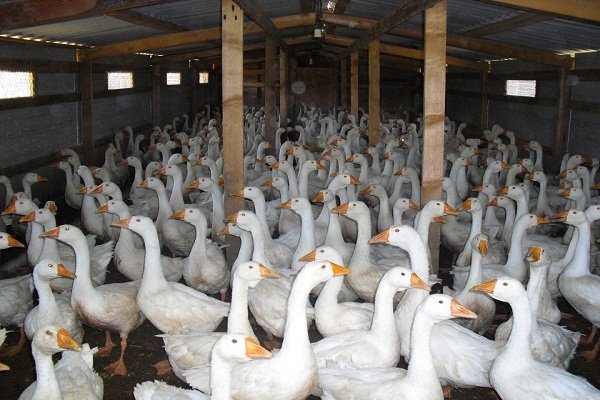
Pasture area for walking
The dynamism of geese requires movement, so the birds need to provide a place for walking. To do this, a free exit to the pasture is arranged from the poultry house, which can be open or closed. Since birds can fly over obstacles, the fence must be at least one and a half meters high. The best option is a mesh cage.
Pasture requirements:
- it is possible to create an artificial reservoir (trough, ditch, etc.);
- a lot of greenery (grass);
- you can use the land on which cereals and other crops grew (geese will peck out the remains of grains);
- lack of dry grass (if necessary, mow).
Access to water
Governor’s geese are constantly drinking, so access to water should be open. For this, artificial reservoirs or drinking bowls are used. The latter are sold in specialized stores, but they can be made with your own hands. The main requirement for a drinker is the shape of the gutter.
For the prevention of diseases, experts advise installing containers not only with clean water, but also with decoctions of medicinal herbs (chamomile, etc.). You do not need to drink healing drinks daily, 3 times a week is enough.
Feeders, drinkers and sand trough
How to properly equip the necessary devices for geese:
- Feeding trough should be available to absolutely all individuals of the pack, and at the same time. This is due to the fact that geese constantly eat something, pinch. Feeders should be long (at least 2 meters). The calculation of the size is carried out on the basis of the requirements: for one individual, 25-30 cm is needed. It is more expedient for the convenience of the birds to hang devices at a height of 15-20 cm from the floor level.
- Drinking bowls should always be in sight of the geese. These birds splash water while drinking and bathing, so it is customary to install special trays under the equipment where water will be collected (which will prevent excess humidity in the room). A prerequisite is to change the water as it gets dirty. If this is not done, the birds may become infected.
- Container with sand is established without fail, since geese need mineral supplementation, with which useful substances enter the body. Due to this, food that enters the esophagus is digested faster (sand granules grind roughage). You can use: river sand, fine gravel, chalk, eggshells, shells.
In winter, the water freezes, so it is necessary to periodically add heated liquid or install heated equipment.
Disease Prevention
This type of geese is slightly susceptible to diseases, especially if the rules of keeping and care are observed. This is due to the fact that they have a strong immune system. That is why, unlike other breeds of geese, gubernatorial individuals do not undergo inflammatory processes in the visual apparatus. However, these factors do not give the right to ignore the requirements of veterinary medicine for the vaccination of young birds against parasites.
Infection usually occurs from one bird to another, but infection is possible in other ways (through drinkers, feeders, water, feed, etc.). Therefore, it is necessary to take preventive measures:
- disinfect the room;
- treat feeders, drinkers, cleaning tools with antiseptics;
- clean the room from excrement;
- maintain the required level of humidity (remove wet bedding);
- timely vaccination;
- ventilate the poultry house;
- release the bird to pasture;
- do not allow other animals (cats, dogs, chickens, etc.) to goose;
- often change the water (pour only clean water);
- purchase high-quality feed;
- eliminate the risk of mice, rats entering the feed, which can spread the infection.
Features of feeding
Governor geese do not eat much food, but their diet must be balanced, especially the nutrition of goslings after birth. They are supposed to give not only specialized food, but also chopped boiled eggs. Goslings are transferred to compound feed from 2-3 days of life. A week later, chopped carrots and greens are introduced into the diet. After about a month, the birds can eat adult food. Feed consumption depending on age:
Age category Consumption per individual in grams 7 days 190-200 14 days 300-350 21 days 700-800 28 days 1400-1500 35 days 1700-1750 42 days 2200-2230 49 days 2900-2930
Diet in winter
In winter, the diet of the Governor’s geese should include compound feed and mash. The first one should contain the following components:
- wheat;
- peas;
- lentils;
- corn;
- barley;
- other types of grains and legumes.
The mixer consists of the following ingredients:
- hay dust;
- pumpkin crops;
- potatoes;
- nettle leaves;
- fresh beets;
- turnips;
- silage.
Be sure to introduce mineral and vitamin supplements purchased in specialized stores.
Diet during the summer
In summer, it is advisable to feed the geese on the pasture, which will significantly reduce cash costs. But in the evening and morning, it is necessary to additionally give compound feed and a mash.
Diet during the reproductive period
When laying eggs, geese must be fed especially carefully, since the level of egg production depends on this. It is recommended to introduce additional feed 28-30 days before the expected date of the reproductive period.
What is necessary:
- all types of grain crops;
- vitamins and minerals;
- fresh grass;
- alfalfa;
- cottage cheese;
- egg shell;
- yogurt;
- minced fish or oil.
Nuances of breeding
During the laying of eggs, nests for geese are equipped. They are usually made from wooden boxes (minimum height 8-10 cm, width 40-50 cm, length 60-70 cm). A separate nest for each individual is not a mandatory requirement, since geese can hatch eggs together for 2-3 birds. The bottom of the box is covered with hay bedding, goose down is sprinkled on top.
Temperature and humidity in the incubator
For breeding a large number of geese, it is necessary to use special incubators, which must meet the following requirements:
- on the 1st incubation day, the temperature regime should be 36-38 degrees, the humidity level should be a maximum of 70%;
- from 2 eggs are artificially cooled twice a day for 15-20 minutes to t +33 degrees;
- on the 28th day, the eggs are transferred to a special hatching incubator, where the temperature inside should not exceed 37 degrees, and the humidity should not exceed 75%.
For incubation, eggs are taken from geese up to 4 years old. Before laying, they are heated (t +38 degrees) for 4 hours. On the 5th day of being in the incubator, the eggs are treated with a weak solution of potassium permanganate, and sprinkled with water all the time before hatching.
Why do goslings die?
The governor breed is distinguished by increased vitality, but sometimes goslings can die. Main reasons:
- improper care and maintenance of “parents”;
- non-compliance with the rules for keeping goslings;
- food poisoning;
- low-quality food;
- paratyphoid (salmonellosis);
- viral enteritis;
- renal coccidiosis;
- gymenolepidosis;
- avitaminosis.
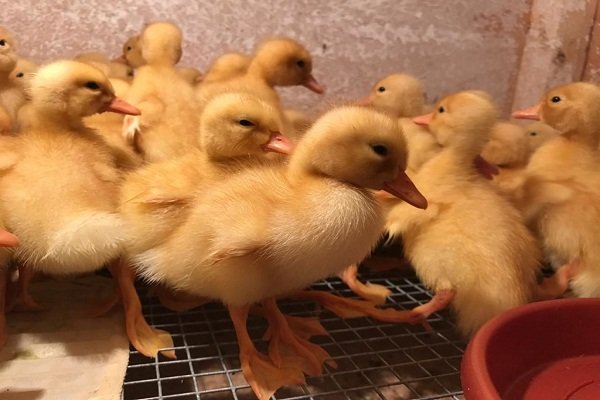
Advantages and disadvantages of the breed Governor’s goose
The governor’s species of geese has a truly mass of advantages, among which the following are worth noting:
- high level of productivity and egg wear;
- excellent down performance, especially thermal insulation;
- growth rate;
- good survival;
- polygamy (the male does not look for a specific female), which increases egg production;
- the possibility of hatching in an incubator without loss (95%);
- tolerance of cold and any climate.
Among the disadvantages are the following:
- geese are not good hens, leave their nests;
- based on the previous paragraph, an incubator is required.
Profitability
The breed of Governor’s geese does not grow to gigantic sizes, but the growth rate makes it possible to quickly make a profit at minimal cost (the price of one gosling is about 650-750 rubles).
Plus, excellent egg production allows you to breed a whole farm for a short period of time. Based on this, we can conclude that the payback of the Governor’s geese is quite high.
Reviews
Margarita Fedorovna, 39 years old, Krasnodar Territory. I bought Governor’s geese for my household. I was very surprised how fast they grow and at the same time consume relatively little feed. They don’t require much maintenance, except when they are small. But it’s about 2-3 weeks, no more. I want to especially note the meat – tasty, juicy. I even preserve it for the winter (I keep geese in the summer). Valery, 44 years old, farmer, Perm Territory, pos. Java. I have been breeding poultry for many years, and about 3 years ago I took the Governor’s geese on the advice of a friend and did not regret it. Excellent offspring (many eggs), fast growth, unpretentiousness. Goslings survive almost 100%, so I not only keep them for myself, but also boldly sell them. The only trouble is that you have to buy incubators, because the geese get up from their nests, although not all of them.
The governor’s goose has the most valuable meat, a lot of advantages and very few disadvantages. This breed has managed to fall in love with farmers in Russia for its rapid growth, unpretentiousness in maintenance and care, as well as the profitability of growing the breed. It is easy to breed a bird in the household, the main thing is to adhere to the basic rules and requirements.
